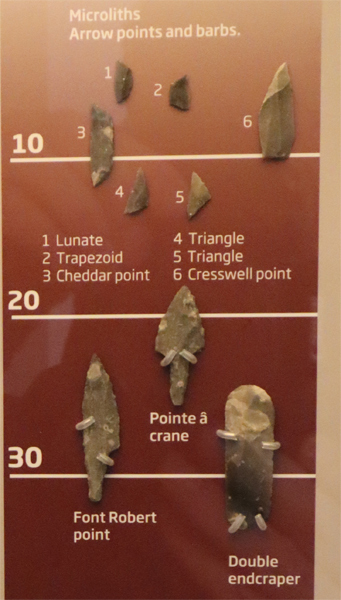The Movius Line – A Brief Explanation
What is the Movius Line?
The Movius line is named after the American archaeologist Hallam Movius (1907 -1987), it is a theoretical line that separates those parts of Europe, Africa and Asia with or without Acheulean hand axe technology. An expert in Stone Age human remains and relics, Movius plotted the distribution of early hominid sites where advanced stone tools were found. Sophisticated stone tools such as the Acheulean hand axe took a great deal of skill to make. An ancient hominid would have had to carefully select a stone to work on, finding a suitable stone would have taken a lot of planning. Then a variety of tools would have been employed to shape and cut the stone hand axe to the ideal size. Each side of the stone would have had to be worked in turn and a number of other stone tools and even antler points would have been required to finish it off.
The Movius Line
Movius discovered that there was a clear division between those parts of the world with the Acheulean stone technology and those parts without. Across Africa and most of southern Europe, hominids had the advanced stone hand axe technology, but it was absent from large areas of Asia (although other types of stone tool were found at dig sites).
Examples of Stone Age Tools on Display
Picture credit: Everything Dinosaur
A number of theories have been put forward to explain this division. The first hominids to leave Africa may have carried older types of stone tools, alternatively, areas without Acheulean axes may not have had suitable stones for the hominids to work. Migrating groups of hominids may have lost the ability to make sophisticated hand axes (after all, how many of us these days can start a fire just using sticks). Another theory put forward is that other materials may have been used by ancient humans living in Asia, for example, bamboo and any bamboo tools would not be likely to have been preserved as fossils.
For models of Stone Age people and Pleistocene mammals: Prehistoric Animal Models and Stone Age People.


